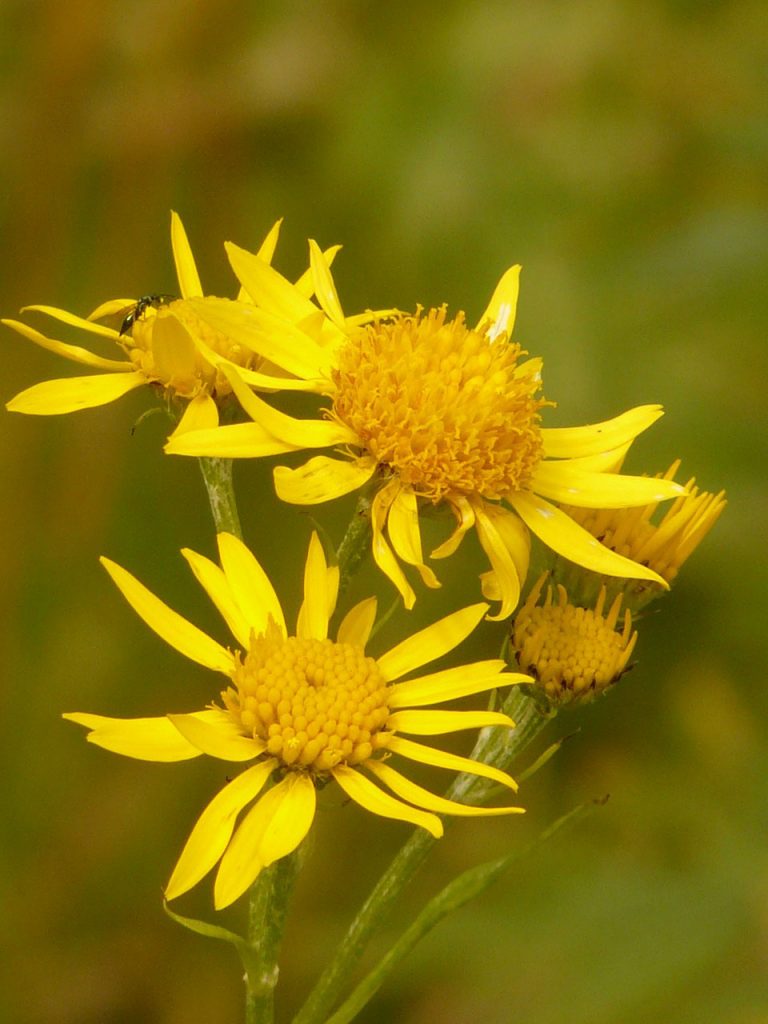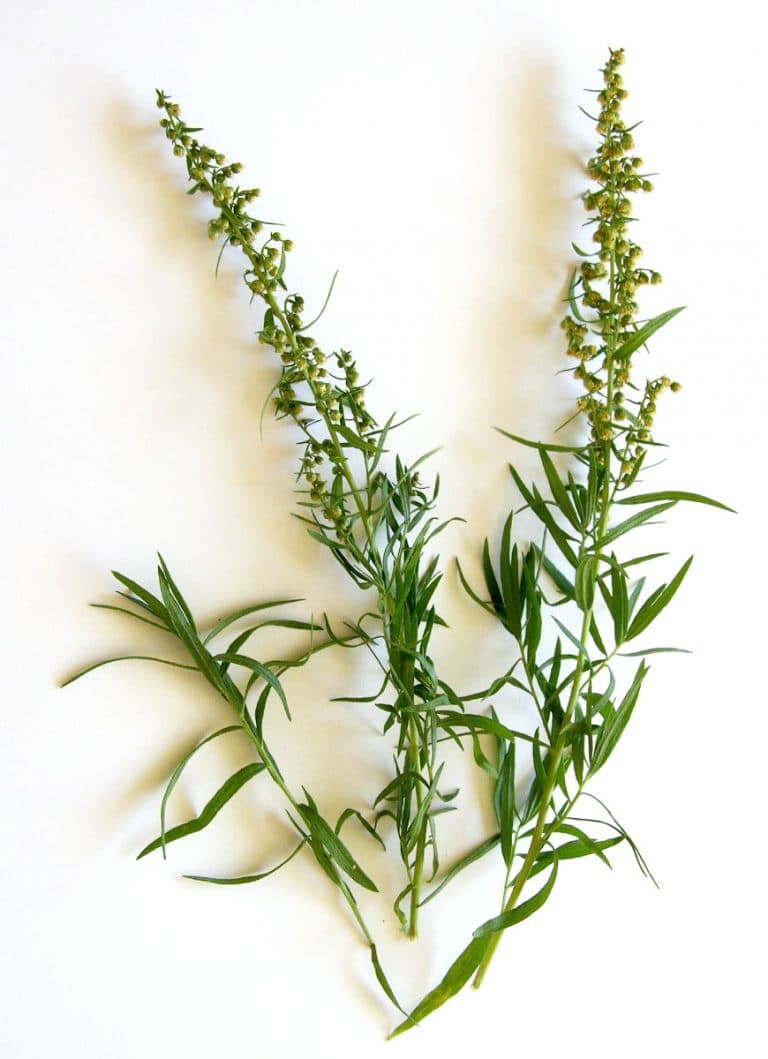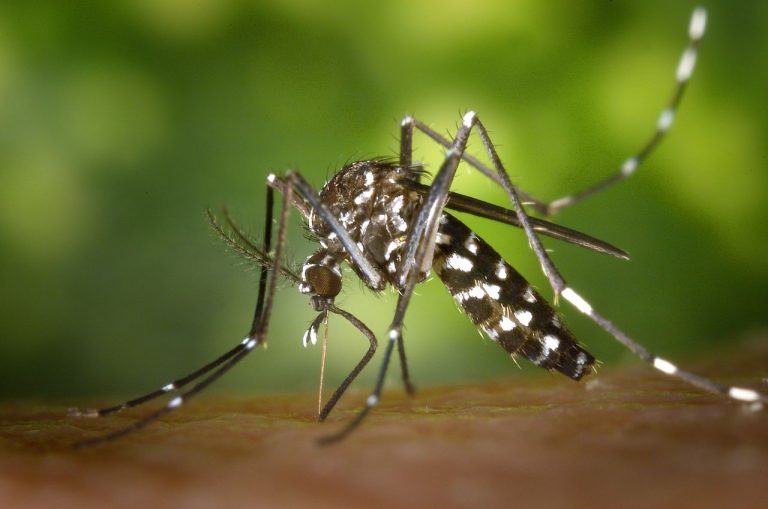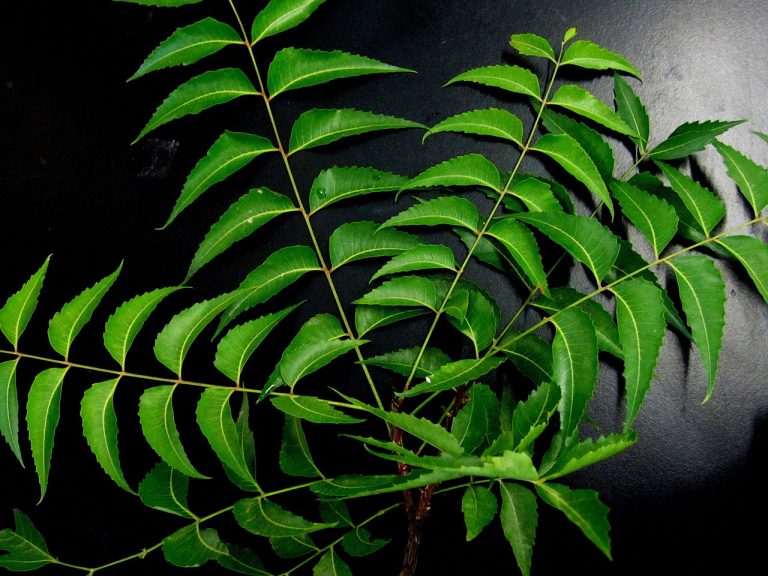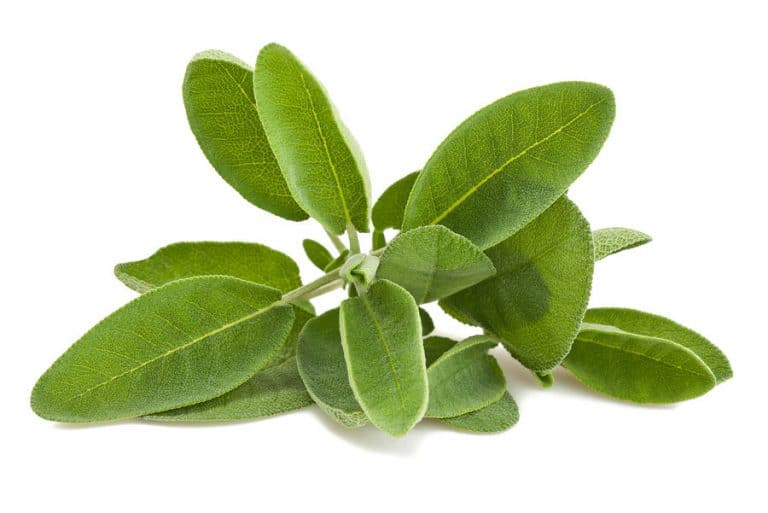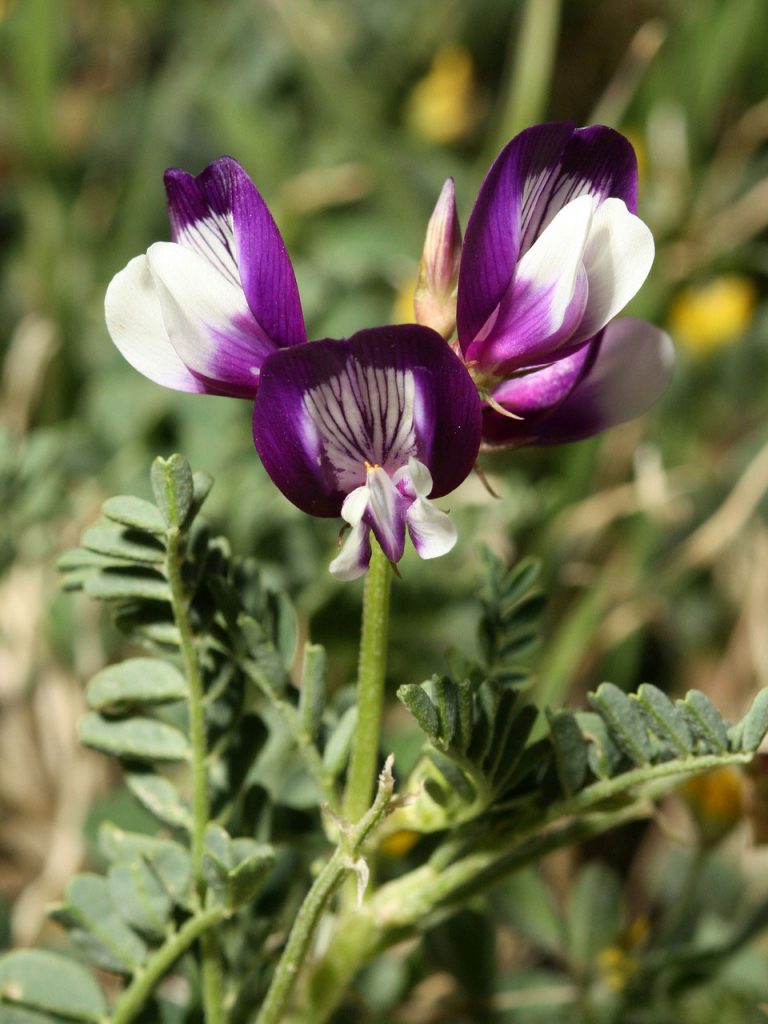Saffron
Scientific Classification
| Kingdom: | Plantae |
| Order: | Asparagales |
| (unranked): | Angiosperms |
| (unranked): | Monocots |
| Family: | Iidaceae |
| Subfamily: | Crocoideae |
| Genus: | Crocus |
| Species: | C. Sativus |
| Binomial Name: | Crocus Sativus |
Saffron is a variety that originated from the Crocus sativus flower. The usual name is the saffron crocus. Crocus belongs to the Iridaceae family. The Saffron Crocus grows to a height of 20 to 30 cm (8 to 12 in). The maximum number of flowers it bears is 4, each of them having three bright stigmas of crimson color, located further from the point of attachment of the carpel. The stigma and styles are gathered and dried for use either as a coloring agent or for seasoning food. Saffron remains one of the world’s most expensive spices when considered in weight. It is indigenous to the southwest regions of Asia and Greece.
History
+The history of saffron extraordinary and exciting. In the age old history of the Sumerians, Minoan, Phoenician, Roman, Greek and Persian, saffron were originally used as a medicine, as a perfume and as a dye. Minoans made use of saffron for the purpose of ornamenting their bodies, for decorating their temples and homes. The bindings of the deep yellow saffron were mixed with urine (as a preservative of its dense golden color) and used to embalm Egyptian mummies.
Anatomy
Saffron plants grow as tall as 20 to 30 cm (8 to 12 in), and germinate 5 to 11 non-photosynthetic, white leaves called Cataphylis. In the process of developing and budding, these structures in the form of membranes enfold and shield the crocus’s 5 to 11 accurate leaves. These leaves are of diameter 1 to 3 mm; they are straight and thin, in the form of green plant like blades.
Habitat
The Crocus Sativus originated from the mid Eastern provinces of the world and in Greece. Presently 90% of the saffron, the world over is from Iran. Even then, it is seen that saffron grows in any environment (i.e. India, Mediterranean and also New Zealand).
Soil for Planting
Saffron corns prefer soil that is properly drained. Never use soil that is too much clayey. The most suited place for growing saffron corns is where the soil is silty or neutral clay-calcareous of pH 6 to 8. Where the location is not big, in the case of a vegetable garden or just as a border, it is possible to enrich the soil by mixing it with compost, peat or sand.
Planting and Harvesting
Saffron plants require bright sun and properly drained soil. The perfect time to plant the saffron is in the early summer. While planting saffron crocus bulbs, plant them to almost 3 to 5 inches deep and with a minimum of 6 inches distance from each other on the ground. It will take around 8 to 12 days to germinate. Full sun and alkaline soil are the optimum requirements for the growth of saffron. It does not require plenty of water even during the germination period as the best quality saffron is produced in the regions where the rainfall is only 15 to 18 inches. Hence take care, not to over-water, but keep the soil, especially the top layer, moist during the growth period of the plant. You get around one tablespoon of saffron spice from around 50 to 60 saffron flowers; therefore, while planting them, bear this in mind. Harvesting can be done directly with the hands. The aromatic stigma should be carefully plucked from the flowers as soon as they bloom or else it may lose its natural fragrance. For an easier way, cut the flowers and then carefully harvest the saffron to avoid spoilage. This herb thus plucked, can be directly used in stews and soups or can be dried and preserved for a long time.
Watering
Bury the corns to a depth of 10 to 15 cm in the ground, with a distance of 10 cm apart. It is not essential to water them. When the drought is acute in September, once watering will suffice.
Temperature and Humidity
You can consider growing saffron bulbs indoors at home or use a greenhouse. A well drained soil, suitable for succulent plants is ideal. Saffron bulbs grow very well at a temperature of around 65 F or 18 C.
Flowering and Maturing Care
The slippery elm plant requires full sunlight to partial shade. It requires care and maintenance. For better growth of the plant it requires moisture. You need to prune this plant.
Dosage
The exact amount of dose is not yet clinically prescribed, but using a 30mg in two doses daily is effective for mild depression. About 1.5 g per day is considered safe and toxic effects can be seen when the usage exceeds 5 g.
Side Effects
Saffron is a very expensive herb that can be used in therapeutic as well as culinary purposes, but if not consumed in an appropriate way, it may cause some side-effects like fatigue, drowsiness, nausea, less appetite or food craving. It may also show some symptoms on over usage like vertigo, jaundice, blood in urine and stool, nosebleed and continuous vomiting. An excess use, up to 10 g has caused death due to indigestion.
Pests and Pesticides
Certain ailments and insects infect the saffron, and hinder its growth. The most severe disease affecting the saffron corms is corm rot. Rhizoctonia Crocoram, Phoma Crocophila, Fusarium Moniliforme are some of the are disease causing pathogens. The other disease is caused by plant parasitic nematodes, which affect the vegetation by feeding on the plant sap. Many others, like fungi, scab and leaf rust affect the plant. Pests like gophers, voles, chipmunks, skunks, squirrels, mice, deer and rabbits are also seen commonly harming the saffron plants.
Uses
Connoisseurs refer to saffron’s aroma as reminiscent of metallic honey with a hay-like fragrance. Besides, its taste is also described as sweet and similar to hay. Also, saffron gives the food a yellowish orange luminous color. Saffron is used to a great extent in Persian, Indian, European, Arab and Turkish cuisines. Saffron is also included in liquors and confectioneries. The substitutes of common saffron are safflower (botanically named as Carthamus Tinctorius), mostly sold in the name of “Acafroa” or “Portuguese Saffron”. Turmeric, that has a botanical name of Curcuma Longa and Annatto. In addition saffron has use as a dye, especially in India and China. It is used in India as a perfume for religious purposes; it is also used to a great extent in cooking and in several cuisines.
Apart from culinary uses, it also possesses many medicinal properties to treat a wide variety of ailments. It is considered to be an effective treatment for asthma, whooping cough, menstrual pain, insomnia, cough, to loosen phlegm and heart burn. It is a traditional medicine used for curing depression. It possesses anti-oxidant and anti-ageing properties that prevent the free radicals from having a free run, and thereby protects the skin and enhances its glow. The Saffron oil is also very useful in removing toxins from the body and works as a cleanser. Tea made from saffron is very effective for intestinal problems. The Saffron herb contains many useful chemicals in the overall development of the health and the immune system.

Having discovered a fondness for insects while pursuing her degree in Biology, Randi Jones was quite bugged to know that people usually dismissed these little creatures as “creepy-crawlies”.


